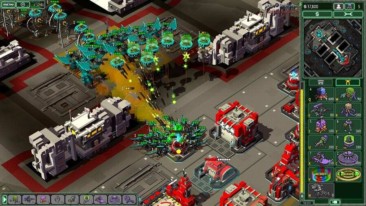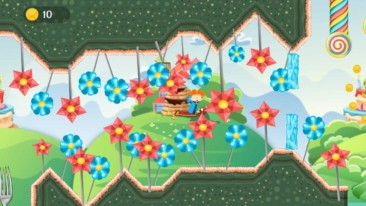The Mooseman from Morteshka
The Mooseman is at its heart a fairly simple 2D puzzle game. More than that, though, it’s an exploration of the prehistoric mythology of the Komi people of the Perm – a land near Russia’s Ural mountains now occupied by the game’s two-man dev team. It’s also the most immersive portrayal of tribal myth since Never Alone (Kisima Ingitchuna).
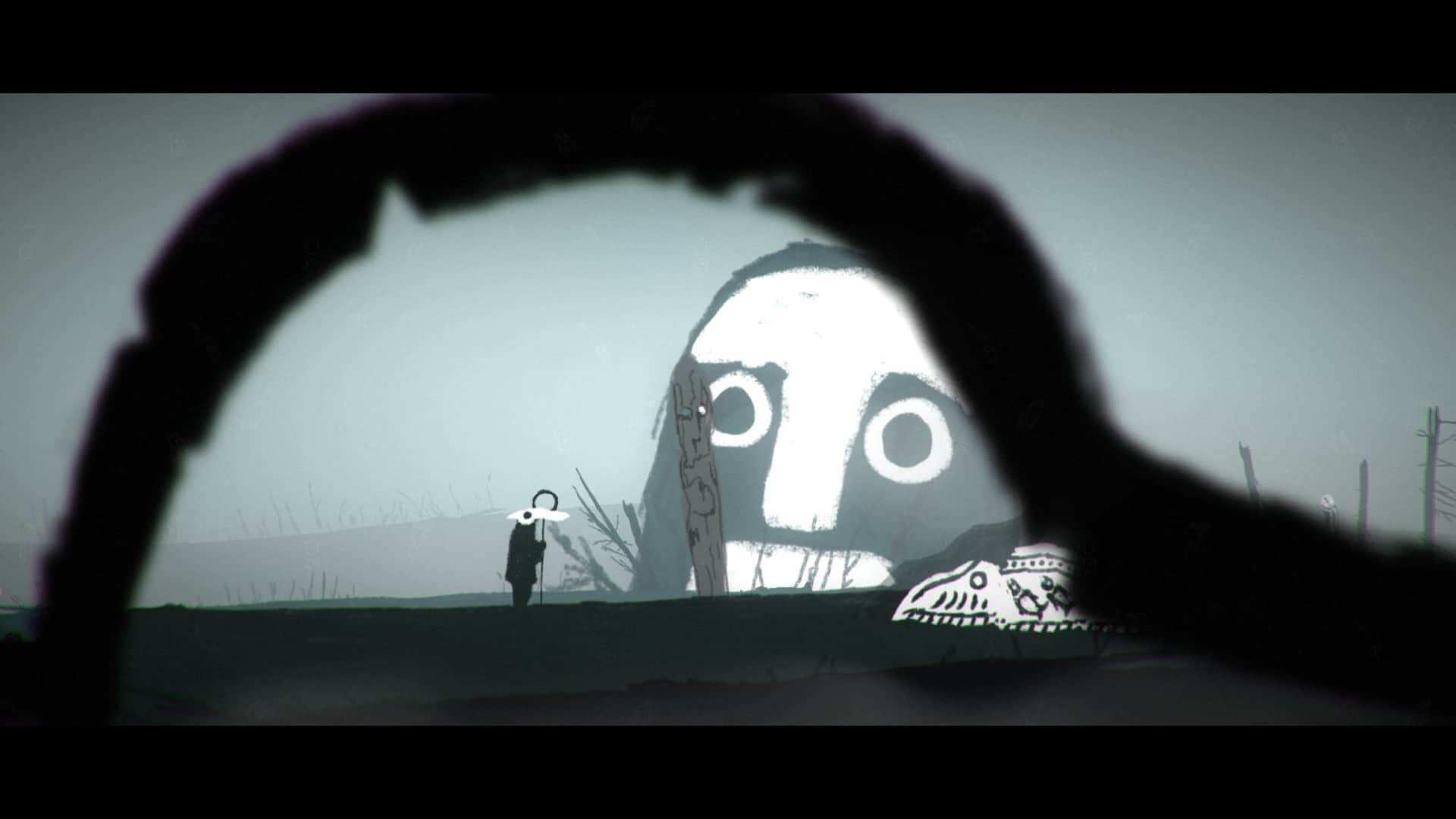
Alone with the Mooseman?
It’s hard not to make comparisons between the two, in fact. The art styles are similar – and similarly gorgeous. Tribal motifs – Alaskan Native in Never Alone and Permian in The Mooseman – are stark and stunning, and the intentionally limited color palettes in both games evoke both the cold weather of the far north and the dreamlike qualities of mythic time.
It’s there that the similarities end, though, for better and for worse. Viewed strictly in terms of game mechanics, The Mooseman places its emphasis on environmental puzzles. As one of the titular Moosemen – legendary demigod/shamans in Permian myth – the player can see into the spirit world. By switching one’s vision between the spirit world and the more ordinary physical realm, the player interacts with objects and spirits.
Never Alone had a similar premise – right down to the bright white appearance of spirits that helps them stand out against the washed out grayish backgrounds – but also had a lot of reflex-heavy platforming elements. The Mooseman doesn’t have that, making it a slower-paced, more contemplative experience.
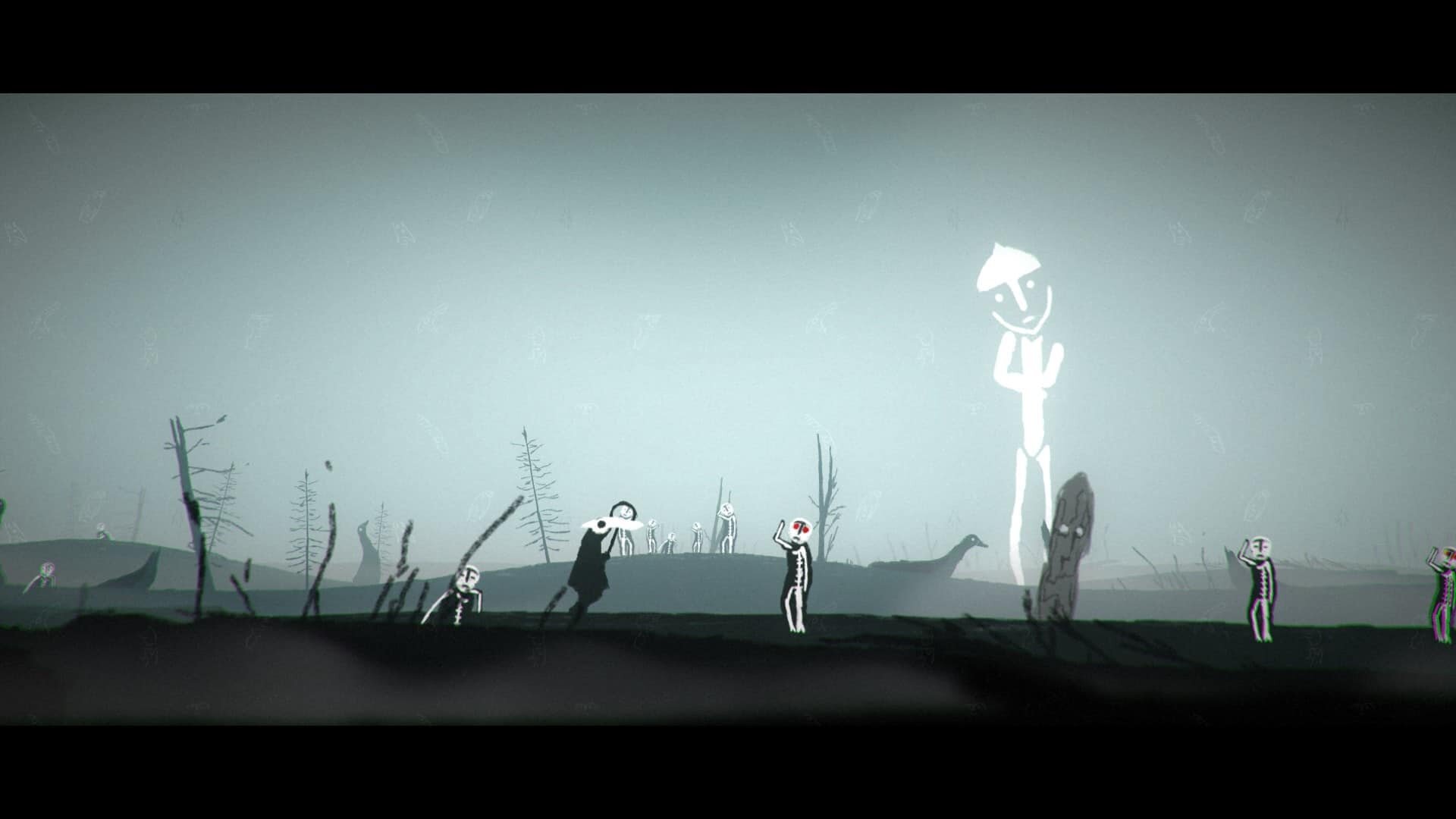
Footloose and Foxy Free
Never Alone also features both a child protagonist and her fox companion, which gave it a lot of charm and an all-ages appeal. The Mooseman has only its lone, mysterious protagonist. There’s not a lot of emotion, either, merely a recreation of admittedly fascinating creation myths. This might be off-putting for more casual players.
A word about “educational” games: both Never Alone and The Mooseman could be described as such. Never Alone delivers its educational components via video clips featuring interviews with members of the Inupiaq people from whom its story and characters come. The Mooseman, on the other hand, offers bits of written mythology that can be unlocked at checkpoints as well as artifacts – some of which are hidden as in-game secrets – taken from archaeological sites.
Both approaches have their appeal. The video clips in Never Alone were engaging but interrupted the game itself. The scholarly content in The Mooseman feels a little more integrated into the overall experience, but in the end isn’t as memorable.
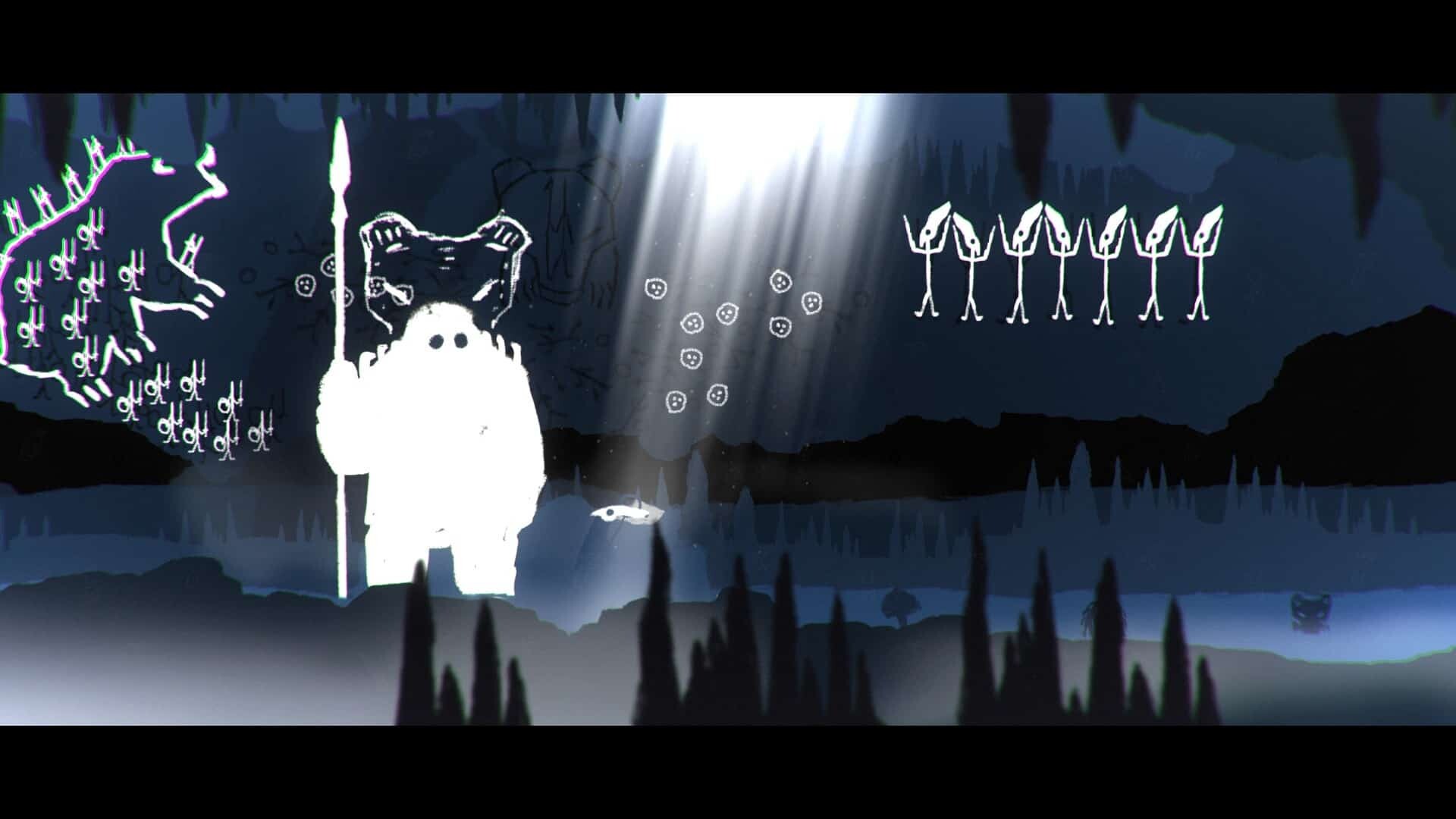
The Mooseman Cometh
The Mooseman does have a few minor problems. There are issues with translation and typos – understandable given that the entire game was developed by a two-man team, neither of whom are native English speakers. It’s also so slowly paced that some players might be put off, though I found that added to the game’s dreamlike, entrancing qualities.
Strictly as a game, The Mooseman might not be everyone’s cup of tea, but for the atmosphere alone – from the mixture of bleak natural environments and tribal glyphs to Mikhail Shvatchko’s wonderful sound design and Komi folk music-inspired score – it’s worth experiencing. Those with an interest in anthropology and ancient myth will find themselves particularly enthralled.
The Mooseman is available via Steam.
[xrr rating=”4/5″]
Watch the official trailer for The Mooseman below:




